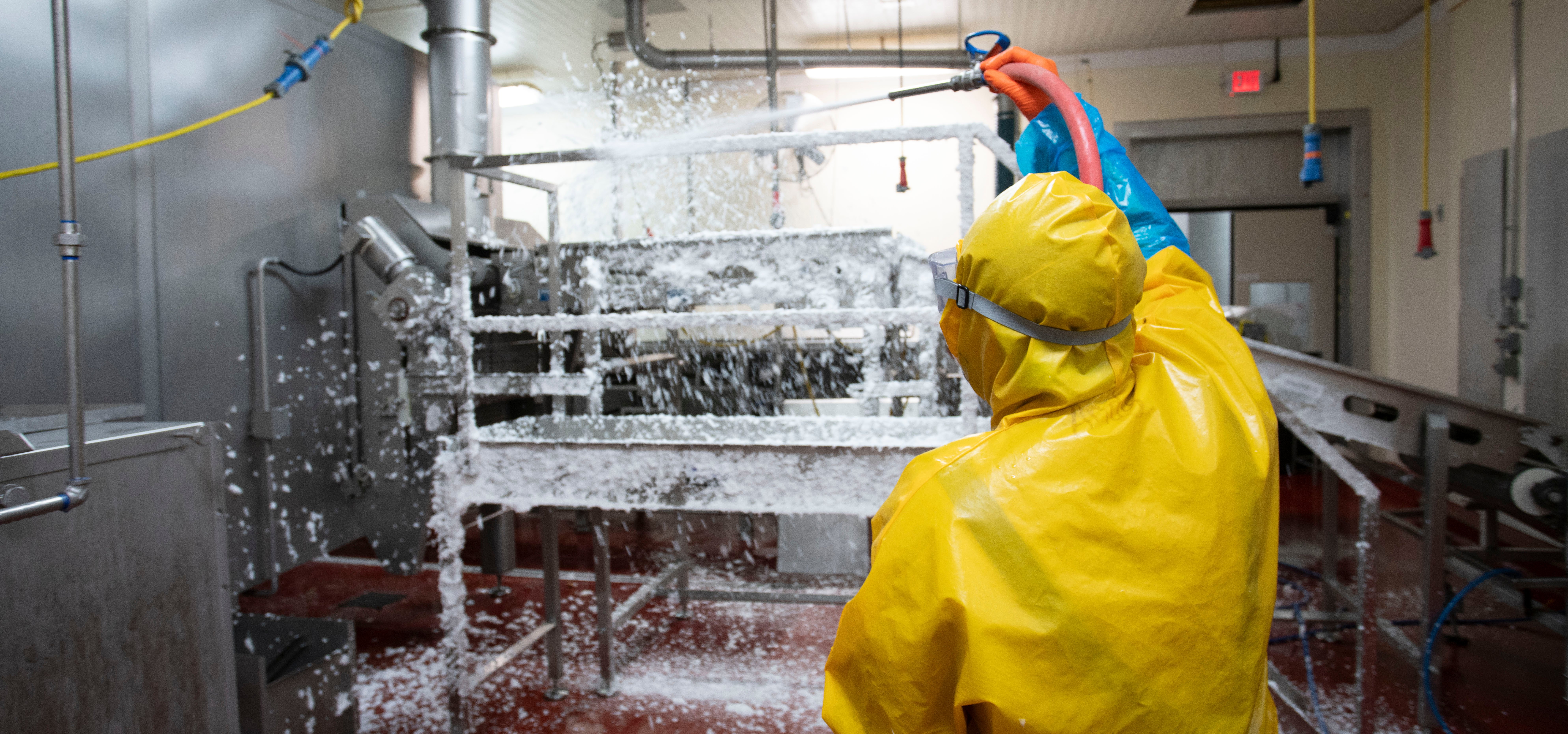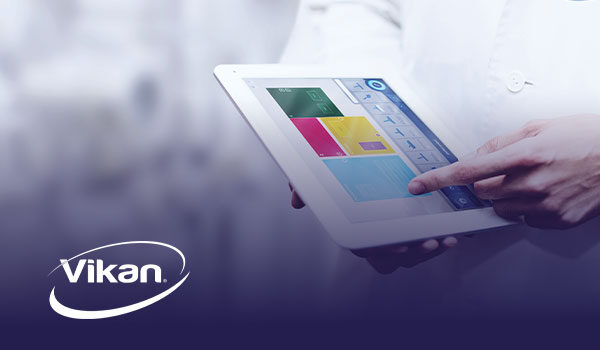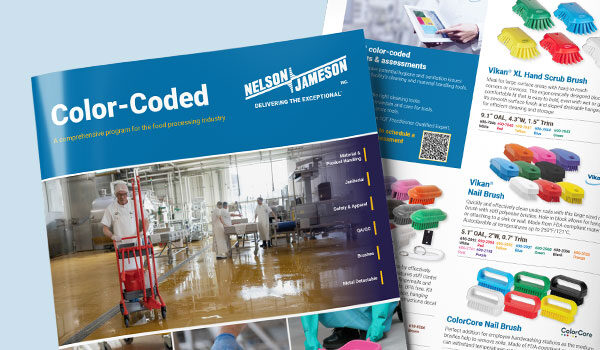
Food safety is a primary concern for any manufacturer, driven by existing and new threats that call for robust protective measures for consumers and the food processors themselves. A crucial tool in this ongoing effort is a well-implemented color-coding program, which, as a recent webinar that we hosted alongside Vikan highlighted, is not a "set it and forget it" solution. It's an ongoing, iterative initiative.
The webinar featured Dakonya Freis, VP of Commercial Development at Nelson-Jameson, and Dave Gambrall, from Vikan North America. They shared insights on leveling up color-coding programs, neutralizing threats, and measuring the ROI.
Shop color-coded: See our entire selection of color-coded products here!
Check out the full recording to learn more about leveling up your color-coding program.

At its core, color-coding is a visual language that helps instantly identify different areas or zones within a manufacturing facility. For example, blue might signify raw materials, green for processing, and red for allergens. This system extends to tools, where a yellow brush might be exclusively for a specific cleaning task, or a blue scoop dedicated to a particular ingredient. This intuitive system reduces errors, boosts efficiency, and significantly enhances food safety by preventing cross-contamination.
During the webinar, Gambrall emphasized that the primary purpose of color-coding is to protect the food supply and minimize cross-contamination or allergen cross-contact risks. Beyond this, it effectively overcomes language barriers within diverse plant workforces, allowing management to convey food safety plans efficiently. The beauty of color-coding lies in its flexibility; plants can tailor it to their specific needs, whether by zones (e.g., a "red room" with all red tools) or by tasks (e.g., one color for food contact surfaces, another for floors). It also serves as a quick visual indicator for employees and managers, enabling proactive prevention of quality lapses.
Color-coding programs are dynamic and must evolve and scale with the facility. There are several reasons for this:
As Freis pointed out, a holistic approach is crucial, extending beyond initial rollout to continuous evolution. This involves:
"Successfully maintaining regulatory compliance and probably the most impactful is avoiding that significant financial and reputational damage of a costly recall. These factors demonstrate that color coding is not just an operational expense, but it's strategic and an investment in the food safety efficiency and ultimately your business." - Dakonya Freis, Nelson-Jameson
As both of the panelists discussed, several factors can undermine even the best-intended color-coding initiatives in a food manufacturing facility:
As Gambrall discussed, food manufacturers are investing in R&D to continuously improve color-coding tools. Vikan, for example, prioritizes three key areas when approaching reasearch and development:
Investing in a robust, holistic color-coding program is a strategic move with measurable ROI. The panel shared some of the simplest ways (some direct, some indirect) to measure the ROI of a color-coding system:
As the panel demonstrated, by adopting a holistic approach, investing in the right durable tools, proactively identifying threats, and continuously iterating their program, organizations can ensure their color-coding system effectively scales with their operations. And in turn, this strengthens food safety efforts across the organization.
If you're interested in evaluating a color-coding program or want to get started, Nelson-Jameson offers in-facility color-coding assessments. Click the link to start your own assessment!

Media Contact
pr@nelsonjameson.com
715-387-1151

December 1, 2025
Nelson-Jameson understands that efficiency and worker safety are equally important goals in food manufac...

November 26, 2025
For food manufacturers, a lapse in either worker safety or food safety can initiate a domino effect. It ...

November 26, 2025
Ensuring worker safety and maximizing operational efficiency are not mutually exclusive goals in a food ...

Recognize and address possible hygiene and sanitation challenges based on the cleaning and material handling equipment available in your facility.
Through a discovery call, virtual, or on-site assessment, Vikan SQF Practitioner certified specialists will assist in confirming that your system and cleaning tool inventory aligns with your risk management objectives while pinpointing any missing tools and enhancing maintenance and usage practices. Evaluate whether your existing tools are utilized in the most effective manner, or determine if a more suitable tool exists for the task at hand. Ensure that your tools comply with all relevant standards and regulatory requirements. Site evaluations encompass a summary survey, an overview of the location, a color-coded factory layout plan, product suggestions, a recommended order form, and a proposal for a follow-up survey.
Food Safety, Sanitation, Cleaning Tools, Color Coding

This is a comprehensive program for the food processing industry. Nelson-Jameson brings together the most extensive collection of color-coded products for material handling, product handling, janitorial, safety, apparel, QA/QC, and metal-detectable applications. With the right pieces, a color-coding system is a powerful tool in preventing cross-contamination of allergens and food-borne illnesses that can lead to sickness or expensive product recalls.

Food Safety, Sanitation, Cleaning Tools, Color Coding

With existing and emerging threats, food safety has never been more important to food manufacturers in protecting their consumers and their organization.
Color Coding

Laboratory, Color Coding, Food Safety